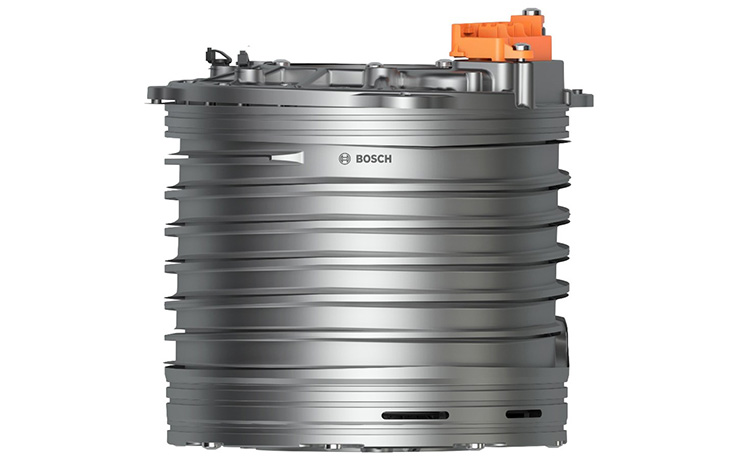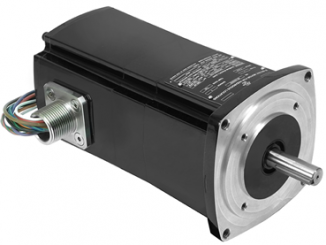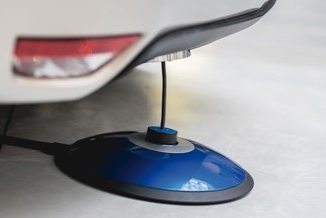
Haptic feedback has become an integral part of our daily lives, often without us even realizing it. The term “haptic” comes from the Greek word “haptikos,” which pertains to our sense of touch. Haptic technology uses our sense of touch to communicate by applying forces, vibrations, or motions, further enhancing the immersion into the digital world. Nowadays, the most common haptics use case is in smartphones—your phone vibrating whenever you get a call or text message—but it is also used in gaming, virtual reality, automotive, accessibility, and medical applications.
In order to create haptic effects, there’s one crucial piece of technology needed: the haptic motor. In this blog we love by TITAN Haptics, a developer of innovative magnetic haptic motors, the most popular types of haptic motors in the market are explained. Some employ magnetic technology, others do not. Titan Haptics exhibited its technology at this year’s Consumer Electronics Show in Las Vegas. See more in our series of articles about innovative technology at the event.
Special Report: Magnetic Technology Innovation at CES 2024
1. Eccentric Rotating Mass (ERMs)
An Eccentric Rotating Mass (ERM) is a rotating electric motor with an off-center mass. As the ERM rotates, the mass becomes displaced, creating the ‘rumble’ or vibration feeling.
For many years, ERMs have been the most popular type of haptic motor due to their low cost, simplicity, and effectiveness. However, their vibrations lack precision, and they can be slow to start and stop, limiting the range of sensations they can produce.
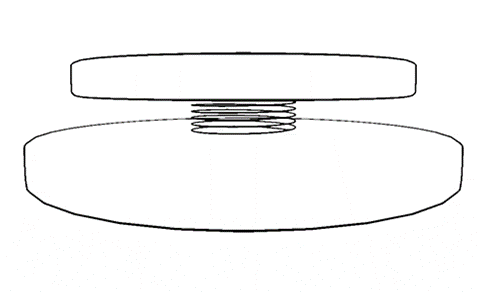
ERMs are most often found in gaming controllers and have recently been found in automotive use cases, due to their ability to produce strong and active vibrations. However, as of 2022, market analysts predict a slow shift towards LRAs within gaming, spearheaded by the launch of the PlayStation 5 DualSense controllers. Other industries, such as smartphones and wearables, are also shifting to LRA adoption.
2. Linear Resonant Actuator (LRA) Motors:
Linear Resonant Actuators (LRAs) are commonly found in wearables and smartphones. LRA motors consist of a magnet attached to a spring, surrounded by an electromagnetic coil and housed in a casing. The coil is used to drive the motor by moving the mass back and forth within the housing, creating the vibrations we feel.
LRAs offer faster response times and more efficient power usage than ERMs, making them a popular choice for devices that require quick haptic feedback. However, they’re more expensive than ERMs, and the spring is susceptible to wear and tear.
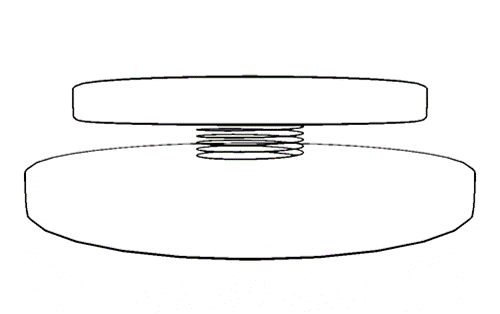
The most ubiquitous LRA motor is Apple’s Taptic Engine, used in every Apple smartphone since the iPhone 6s. After its release in 2015, other smartphone companies followed this trend, adding using LRAs for their high-end and mid-end models. Most smartphones now use LRAs rather than ERMs for their haptic effects (source).
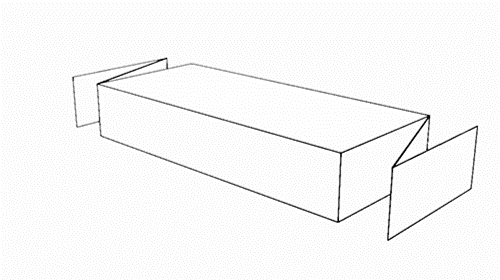
3. Piezoelectric Actuators:
Piezoelectric actuators work by applying a voltage to piezoelectric material, which causes it to change shape and produce vibration. These actuators can produce highly detailed haptic feedback, making them ideal for applications where precision is key, such as in advanced medical devices. However, they’re considered to be rather fragile and are susceptible to breaking.

Despite their small market share in the actuator industry, piezoelectric actuators are still widely used today. They can be found in laptop trackpads, satellites, and small medical devices. Piezoelectric actuators also have a good opportunity to grow in emerging markets such as AR/VR and wearable technology, where ERMs have been deemed to be a poor fit.
4. Linear Magnetic Ram (LMR) Motors
Linear Magnetic Ram (LMR) is one of the latest additions to the haptics industry. Based on solid-state magnetic suspension technology, it works by driving a suspended mass through a magnetic field. This movement is controlled by an electric current, which can be adjusted to change the position, speed, and force of the mass. This allows for precise control over haptic feedback.
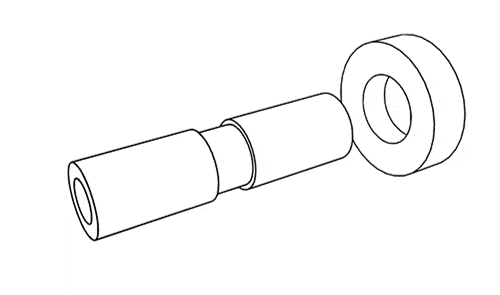
What sets LMRs apart from other haptic actuators in the market is their wideband capability, with the ability to cover anything from 10 Hz – 300Hz. They also use no springs or flexures, which makes them more durable than other haptic motors in the market. Moreover, they consume significantly less power compared to LRAs and ERMs, making them a more efficient choice for haptic motors.
LMRs are extremely versatile and can be utilized in a wide range of applications. These include gaming controllers, VR/XR peripherals, wearable technology, and in the automotive industry.
Haptics All Around Us
In this age of technology, we are constantly interacting with various electronic devices. Haptics is sure to become an integral part of our future, making the virtual world not just a visual, but a tactile experience. As technology continues to advance, we can expect to see a wider variety of haptic motors in the future.
We hope this guide helps to shed some light on haptic technology and makes you curious about the different types of motors you encounter in your daily lives. At TITAN Haptics, one of our goals is to share as much haptic information and resources as possible. We plan to continue developing more tutorials and introductory materials like this in the future. If you have any questions about our LMR technology, don’t hesitate to get in touch with us here.
The full presentation is available on the TITAN Haptics website.

